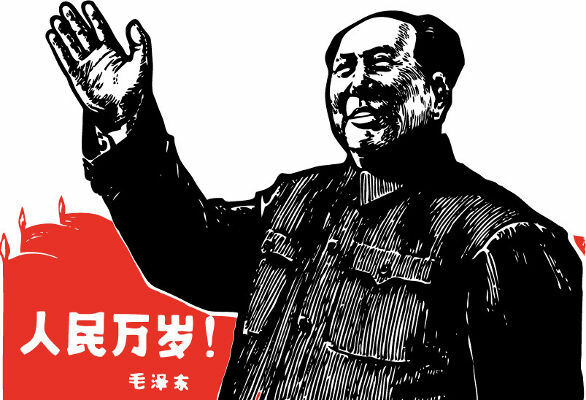After the defeat in Second World War, Japan was forced to accept all terms imposed by the United States, in addition to the country having been occupied by American troops. In this context, it was necessary to rebuild the nation, which had been razed during the war.
After atomic bombs released in Hiroshima and Nagasaki, the United States managed to force the Japanese empire to surrender and accept the terms of Potsdam Declaration, proposed by allies. The official surrender took place on September 2, 1945, on the American battleship USS Missouri.
With the surrender, Japan agreed to the American occupation, which was led by the general Douglas MacArthur. The American occupation aimed to carry out this transition from Japan to a peaceful country and allied with American interests in Asia. Furthermore, the American presence would ensure the removal of Soviet influence.
Japan's great task was to rebuild the country's infrastructure and economy. This process of economic reconstruction of the country was carried out, in part, with American financial assistance. This aid was a way of allying rebuilding countries with American policy and thus preventing the spread of Soviet communism.
The American occupation of Japan ended in 1952 and, despite this, the United States kept its military bases on the island of Okinawa. Japan was authorized by the United States to maintain an internal defense force composed of a maximum of 350,000 soldiers.
Japanese surrender

American stamp commemorating the fiftieth anniversary of the Japanese surrender to the war *
The Japanese surrender to the war only took place through a guarantee given by the American government: the maintenance of Emperor Hirohito. Historian Yoshikuni Igarashi reports that Emperor Hirohito was willing to continue the fight as much as possible to ensure its maintenance on the Japanese imperial throne.
Do not stop now... There's more after the advertising ;)
With the surrender, the Japanese leadership developed a theory to remove the responsibility of the emperor and society in the war and promoted the idea that the surrender was the result of imperial benevolence. Japanese government officials had been considering the Japanese surrender since 1943, however, the surrender was designed in a way that would guarantee Hirohito in power.
This narrative was transmitted through the official speech of the emperor Hirohito, which was broadcast by radio throughout Japan. Thus, according to the official narrative of the Japanese government, the Emperor had no responsibility for the war, as he had been forced by the military. In addition, the official speech neglected any violence committed by Japan against nations neighbors and claimed that the surrender was an act of kindness by the Emperor, who would lead the Japanese reconstruction |1|.
Yoshikuni Igarashi asserts the following about the intentionality of the official narrative:
By defining Hirohito as apolitical and ahistorical, the government led to his absolution, and, by extension, the government leaders who faithfully followed Hirohito could also be relieved of their responsibility. politics. This logic also applies to the Japanese population in general, as the Japanese's will was an extension of the Emperor's will.|2|.
In that sense, the atomic disasters in Hiroshima and Nagasaki were used as tools to reinforce Hirohito's kindness to prevent the decimation of Japan. This discourse was very strong until the 1980s and was embraced by conservative political groups in the Japan, who sought to disclaim any responsibility for encouraging Japanese participation in war. Hirohito remained Emperor until his death in 1989.
|1| IGARASHI, Yoshikuni. Bodies of memory: post-war narratives in Japanese culture (1945-1970) São Paulo: Annablume, 2011, p.75.
|2| Idem, p. 76
* Image credits: catwalker / Shutterstock
By Daniel Neves
Graduated in History
Would you like to reference this text in a school or academic work? Look:
SILVA, Daniel Neves. "Japan after World War II"; Brazil School. Available in: https://brasilescola.uol.com.br/historiag/japao-apos-segunda-guerra-mundial.htm. Accessed on June 27, 2021.
General history

Click on this link from Brasil Escola and access information about the Chinese Revolution, which took place in 1949. On this link you will have access to an overview of the situation in the country at the beginning of the 20th century and you will know how gradually, the communists gained the support of the Chinese population, which allowed the seizure of power in 1949.

